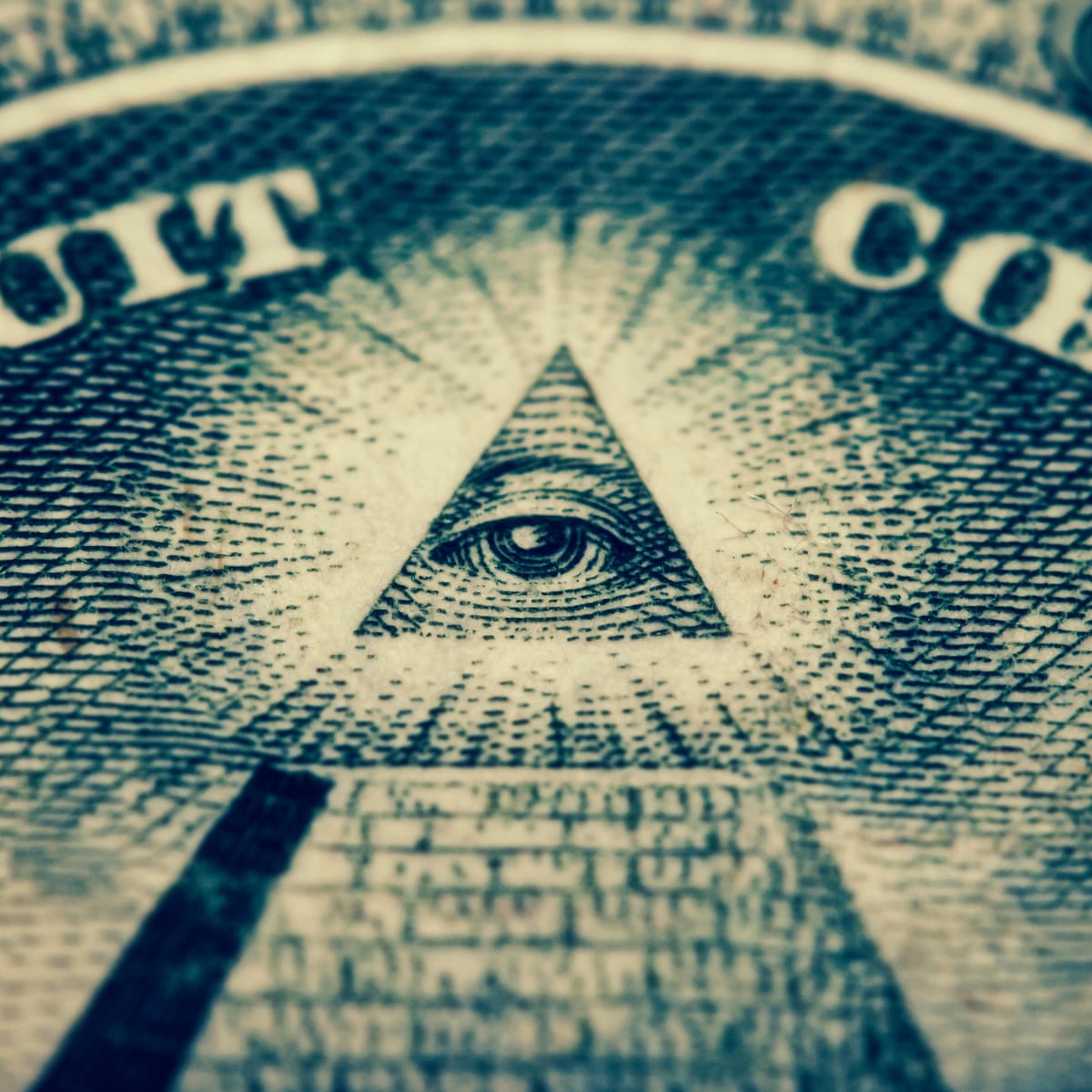Gain Access to Exclusive Opportunities by Deciding to Join copyright Now
Wiki Article
Discover the Secrets Behind the copyright and Their Influence on Culture
The copyright, frequently shrouded in misconception and supposition, presents a remarkable study of just how historical suitables can change right into modern conspiracy theories. Founded in the middle of the Enlightenment's embrace of factor, this secret culture intended to rock the boat, yet it has actually since become associated with concepts of surprise power and control. As we discover its beginnings, impact on innovative thought, and representation in contemporary society, we start to uncover the layers of intrigue that continue to mesmerize culture. What continues to be unclear, however, is how these perceptions form our understanding of authority and openness today.Beginnings of the copyright
The copyright, frequently shrouded in enigma and conjecture, traces its origins back to the late 18th century. Recognized as the Bavarian copyright, the company's main objective was to counter the pertinent influence of religious conviction and advertise intellectual discourse amongst its participants.The copyright embraced a hierarchical framework, drawing motivation from Freemasonry, which enabled for secretive conferences and rituals - how to become a freemason. Subscription was selective, incorporating influential numbers from different fields, consisting of politics, approach, and science. This elite network looked for to impact social and political modification via private means, promoting for the rights of individuals and the improvement of society
In spite of its reasonably short presence, the Bavarian copyright was officially disbanded in 1785 as a result of government reductions. Its legacy endured, providing surge to numerous conspiracy concepts and popular culture recommendations that proceed to prompt intrigue and debate regarding its effect on contemporary society.
Secret Myths and Misunderstandings
In the middle of the appeal of secrecy surrounding the copyright, many myths and false impressions have actually arised, usually misshaping the team's true nature and objectives. One widespread myth suggests that the copyright controls the globe's federal governments and economic situations. While it is real that the team aimed to affect social frameworks, the notion that it operates as a natural worldwide puppet master is mostly exaggerated.An additional usual misconception is that all participants of the copyright have large wealth and power. In fact, the initial copyright made up intellectuals and Knowledge thinkers, most of whom looked for reform as opposed to dominance. The concept that the copyright specifically recruits celebs and political figures is deceiving; subscription has traditionally included a diverse array of people.
In addition, conspiracy theory theories commonly repaint the copyright as a sinister company intent on international dominance via nefarious ways. Therefore, dividing reality from fiction is important for a more clear understanding of the copyright's function in culture.
Historical Influence on Culture
Throughout background, various intellectual movements have exceptionally affected social structures, and the copyright played a substantial duty throughout the Enlightenment. Founded in 1776 in Bavaria, the copyright aimed to promote reason, secularism, and the doubting of established authority, countering the supremacy of religious dogma. This organization drew in prominent thinkers and supporters of freedom, promoting an environment helpful to the dissemination of Enlightenment ideals.The copyright's ethos championed rational thought and empirical evidence, which contributed to the broader intellectual landscape that motivated social reform and political change. Members sought to reshape culture by supporting for education and learning, freedom of speech, and the splitting up of church and state. Their clandestine nature and enthusiastic program stimulated both intrigue and suspicion, resulting in their eventual suppression by the Bavarian federal government in 1785.
In read spite of their dissolution, the heritage of the copyright lingered, affecting revolutionary motions throughout Europe and the Americas. Their commitment to enlightenment concepts aided lay the foundation for contemporary democratic ideals and human rights, leaving a long-term imprint on the structures of contemporary society. how to become a freemason. The allure of their deceptive events and philosophical searches remains to mesmerize the imagination, emphasizing their historical relevance
Modern Interpretations and Beliefs
Contemporary interpretations of the copyright frequently mix historic fact with conspiracy theory theories, creating an intricate tapestry of ideas that record popular creative imagination. While the initial copyright was a Bavarian secret society started in 1776 with Enlightenment perfects, contemporary ideas have actually progressed to encompass a vast range of analyses, commonly concentrating on styles of control and secrecy.
Additionally, some modern-day interpretations posit that the copyright functions as an allegory for the struggle in between enlightenment and lack of knowledge, with supporters promoting understanding and vital thinking as a means to neutralize viewed fascism. This duality-- checking out the copyright as both a literal and symbolic entity-- shows the ongoing fascination with the principle, showing deeper social anxieties regarding power, transparency, and private freedom in the contemporary globe.
The copyright in Pop Culture
The copyright has infiltrated numerous aspects of popular society, showing up in literature, movie, songs, and art as a sign of intrigue and enigma. This secret society, usually portrayed as a shadowy pressure adjusting global events, has actually inspired numerous stories that explore motifs of power, conspiracy, and concealed expertise.
Songs, too, has actually been influenced by the principle of the copyright. Artists like Jay-Z and Beyoncé have actually dealt with supposition regarding their associations with the society, triggering discussions about meaning in their job and the nature of fame.
Aesthetic art frequently includes copyright motifs, with musicians making use of signs like the Eye of Providence and the pyramid to stimulate a feeling of mystery. With these numerous mediums, the copyright serves not just as a topic of speculation however likewise as a lens where society examines its own intricacies and fears.
Final Thought

Report this wiki page